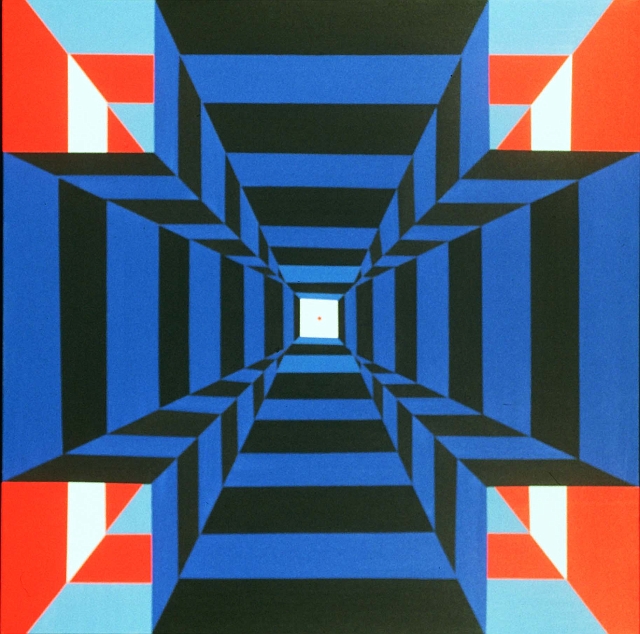|
LITR 4328: American Renaissance |
Model
Assignments |
 |
Ronnie Abshier
Different Styles in Romantic
Poetry
The Romantic period in American Literature wasn’t just about stories and
long texts; poets were also involved in developing the Romantic period. It is
interesting to note, though, that like novels and parables of the Romantic
period, poetry also differed from one another in style, diction, and form. Poets
like Walt Whitman, Emily Dickinson, and Edgar Allan Poe were the faces of the
Romantic poetry movement, but their methods created poetry that was in ways both
vastly different as well as similar to one another.
Walt Whitman was a poet who utilized the free verse style of poetry. He
didn’t use rhyme schemes or traditional verse patterns in his poems. Because of
this, some people don’t even realize he was a poet. However, Whitman’s use of
anaphora, and parallelism which are poetic elements, are the reasons he is, in
fact, a poet and not just a romance author.
In his poem, “When I Heard the
Learn’d Astronomer”, Whitman uses some of the elements that have become known to
scholars as his personal calling cards. Firstly, the anaphora in the first four
lines of the poem is typical of a Whitman piece. Here, Whitman uses the
repetition of the word “When” to start each of those sentences, a poetic element
that Whitman uses regularly. Whitman also uses parallelism in this poem as well,
developing line 2 in the same way as line 5 by reconfirming his meaning within
the commas of the text. These two poetic elements are stylistic elements that,
along with his the identification of using free verse will help to identify his
poems.
Emily Dickinson’s poetry, to me, was the easiest to identify right away.
Dickinson was a mix of formal and free verse, so what you’ll find with her is
that her poetry is somewhere between a Whitman and a Poe poem. Her poetry does
have easily designated lines and stanzas, with some rhyming that draws her into
the formal category. Dickinson never titled her work, and thus the titles of her
poems are often titled after the first line in her work, an element that is
unique to her. She had a strange way of punctuating her poetry that made her
poems easily recognizable, using an em dash to split up ideas or emphasize
phrases. She would also use ballad or hymn stanzas but with use near-rhymes or
off-rhymes instead of the traditional rhyming patterns that you see in formal
poems.
Dickinson’s poem, “I heard a fly buzz when I died” has all the markers of
an Emily Dickinson piece. Firstly, the poem’s first line is also its title,
giving the reader a signal that tells them who the poem is by without seeing the
author’s name. She speaks of ordinary things in a way that makes them
transcendental in a way. In this poem, the fly is not just a fly. And of course,
with 19 em dashes, which is likely the most recognizable part of Dickinson’s
style, she lives up to her stereotype of irregular punctuation patterns. The
near-rhymes are also present, with line 2 ending in ‘room’ and line 4 ending in
‘storm’ as well as line 6 ending in ‘firm’ and line 8 ending in ‘Room’ she
utilizes a non-formal technique of sometimes missing the rhyme. These aspects of
Dickinson’s poetry style make her work easy to pick apart from other poets at
the time, and set her apart from the other two poets mentioned here.
Edgar Allan Poe is the most formal of the three poets we have mentioned.
Because of this you will get a sing-songy, lyrical, or musical vibe from most of
his poems. His poems have clearly outlined stanzas and lines, and do not use odd
punctuation. His poetry gives the idea that he isn’t an American poet, however,
employing the use of the traditional European gothic over the American gothic
that you are used to seeing with Romantic poetry in this time.
In “The City in the Sea”, Poe utilizes his standard pattern of poetry
writing. The poem is clearly outlined in formal verse, and his rhyme scheme,
while not one of the more popular schemes, is easily identifiable. He, like
Whitman, uses relatively normal punctuation and no em dashes as Dickinson always
does. The most identifiable thing about Poe, however, is that his content in
this poem, as well as many others, speaks of palaces and towers, things that
were non-existent within America at the time but were definitely commonplace in
Europe. Poe’s formal style and European themes make his poetry easy to set apart
from other writers of the time.
While it is simpler to identify and separate these poets by how their
poetry looks and reads, it is also worth noting that while their subject matters
for writing are different. You can usually differentiate a Dickinson, Poe, and
Whitman poem by their theme if you are unable to tell by analyzing the style.
While Emily Dickinson’s poetry is mostly domestic, Poe’s is almost exclusively
gothic and loss-based, expressing a typical textbook romantic desire and
longing, and Whitman deals with the most realistic of ideas, basing his poetry
with nature and romanticizing everyday urban American life.
Although each poet certainly belongs within the Romantic realm of
American History, it is interesting to see just how large the span of
romanticism is within the poetry community. Things like domestic life, nature,
and castles, all find their homes in the Romantic period, while both formal and
informal styles are accepted as well, and the content can be anything from
psychological unwellness to a longing to be immersed in nature, all the way to
the topic death itself. It is amazing just how different American Romantic
Poetry can be, and interesting to see how each author leaves his or her own mark
on their work.


